Asian Gallery (Toyokan)
January 2, 2013 (Wed) - March 31, 2013 (Sun)
Enjoy a journey around Asian art through the Toyokan’s comprehensive collection
At the Tokyo National Museum, renovations to protect the Toyokan against earthquakes were recently completed. The refurbished Toyokan will open on January 2, 2013.
In addition to strengthening the building against earthquakes, a more comfortable viewing environment has been created with low reflection glass in display cases and LED lighting instead of fluorescent lights. The number of galleries has been increased, with special areas being created for the “Khmer Sculpture,” “Indian Miniature Paintings,” and “Decorative Art of the Qing Dynasty” sections, which were only exhibited for limited periods before. An elevator has been newly installed in the center of the building to improve accessibility. The panels that introduce each gallery, the object labels and other information appear in four languages: Japanese, English, Chinese and Korean.

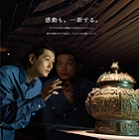
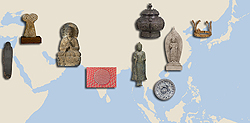
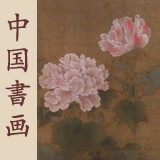
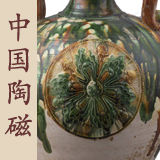
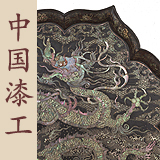
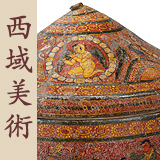

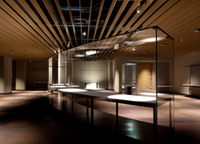 In addition to strengthening the building against earthquakes, a more comfortable viewing environment has been created with low reflection glass in display cases and LED lighting instead of fluorescent lights.
In addition to strengthening the building against earthquakes, a more comfortable viewing environment has been created with low reflection glass in display cases and LED lighting instead of fluorescent lights.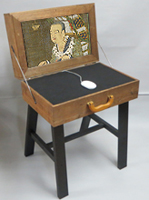
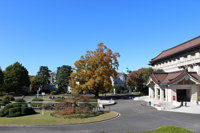 Terrace adjacent to the room5 on the 3F, overlooking prized possession is a view spot of the Honkan, Hyokeikan, the tulip tree.
Terrace adjacent to the room5 on the 3F, overlooking prized possession is a view spot of the Honkan, Hyokeikan, the tulip tree.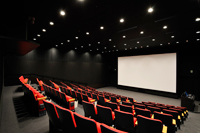 From 2007 until 2012, the TNM & TOPPAN Museum Theater has been jointly managed in the Tokyo National Museum’s Research and Information Center by the museum and Toppan Printing Co., Ltd. However, it will be reopened on the first basement floor of the Toyokan with the introduction of cutting-edge equipment and an enlarged capacity.
From 2007 until 2012, the TNM & TOPPAN Museum Theater has been jointly managed in the Tokyo National Museum’s Research and Information Center by the museum and Toppan Printing Co., Ltd. However, it will be reopened on the first basement floor of the Toyokan with the introduction of cutting-edge equipment and an enlarged capacity.